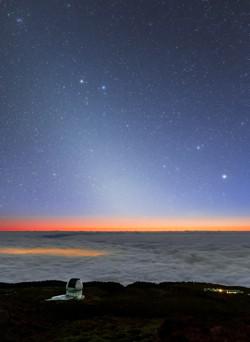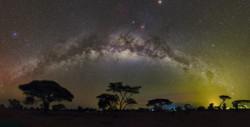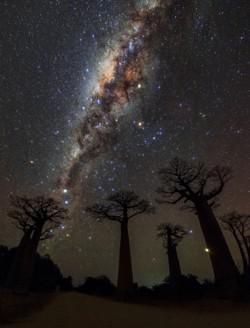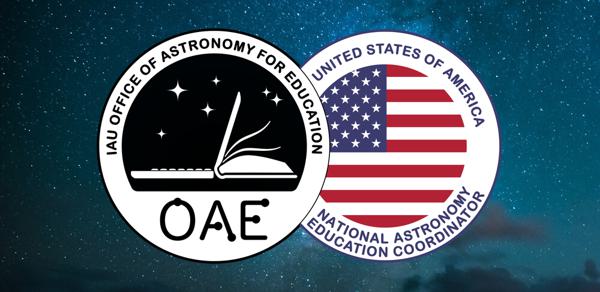Glossary term: Dust
Description: Unlike on Earth, dust grains in deep space are very tiny, with most being smaller than a thousandth of a millimeter. They represent an important constituent of the medium between stars called the interstellar medium. They are formed in different environments such as the outer layers of certain cool giant stars or supernovae and are dispersed into space when these stars begin losing mass. They are mostly composed of silicates, carbon compounds, and trace amounts of other elements. These could be coated with ices in cold, dense regions of the interstellar medium. They are mostly responsible for the interstellar extinction of starlight reaching us.
Related Terms:
See this term in other languages
Term and definition status: This term and its definition have been approved by a research astronomer and a teacher
The OAE Multilingual Glossary is a project of the IAU Office of Astronomy for Education (OAE) in collaboration with the IAU Office of Astronomy Outreach (OAO). The terms and definitions were chosen, written and reviewed by a collective effort from the OAE, the OAE Centers and Nodes, the OAE National Astronomy Education Coordinators (NAECs) and other volunteers. You can find a full list of credits here. All glossary terms and their definitions are released under a Creative Commons CC BY-4.0 license and should be credited to "IAU OAE".
If you notice a factual error in this glossary definition then please get in touch.
Related Media
Zodiacal Light over GTC Observatory
Credit: Amirreza Kamkar/IAU OAE
License: CC-BY-4.0 Creative Commons Attribution 4.0 International (CC BY 4.0) icons
Milky Way Arch over Amboseli National Park
Credit: Amirreza Kamkar/IAU OAE
License: CC-BY-4.0 Creative Commons Attribution 4.0 International (CC BY 4.0) icons
Milky Way over Avenue of Baobabs
Credit: Amirreza Kamkar/IAU OAE
License: CC-BY-4.0 Creative Commons Attribution 4.0 International (CC BY 4.0) icons
Drive
Credit: Marcin Zajac/IAU OAE
License: CC-BY-4.0 Creative Commons Attribution 4.0 International (CC BY 4.0) icons
Teide Observatory
Credit: Curd-Christian Tengeler/IAU OAE
License: CC-BY-4.0 Creative Commons Attribution 4.0 International (CC BY 4.0) icons













